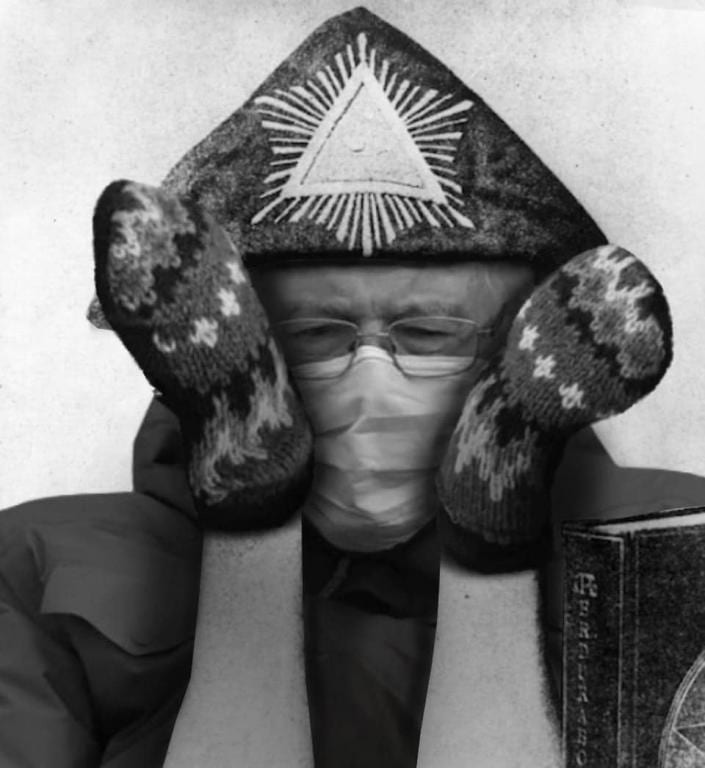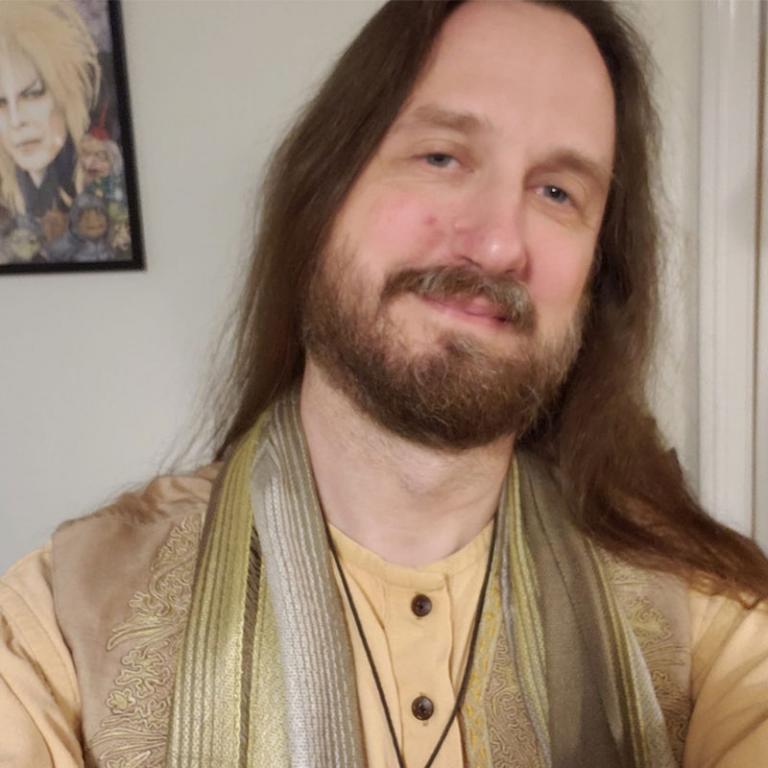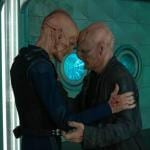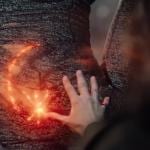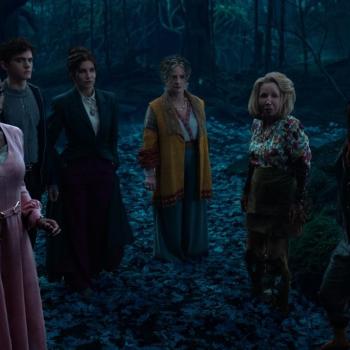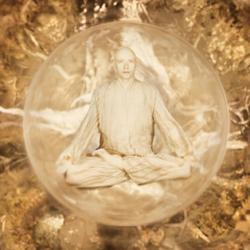Every four years, we as a nation view the performance of an inauguration ritual, in which state power is either transferred or re-affirmed. This year was a particularly important one for so many to witness, for so many reasons. In watching the festivities yesterday, and sharing observations with friends, I was reminded how important collective rituals are for our national identity and psyche. And while civic ceremonies aren’t ostensibly occult per se, they are indeed initiations of a sort, replete with their own power and magick.
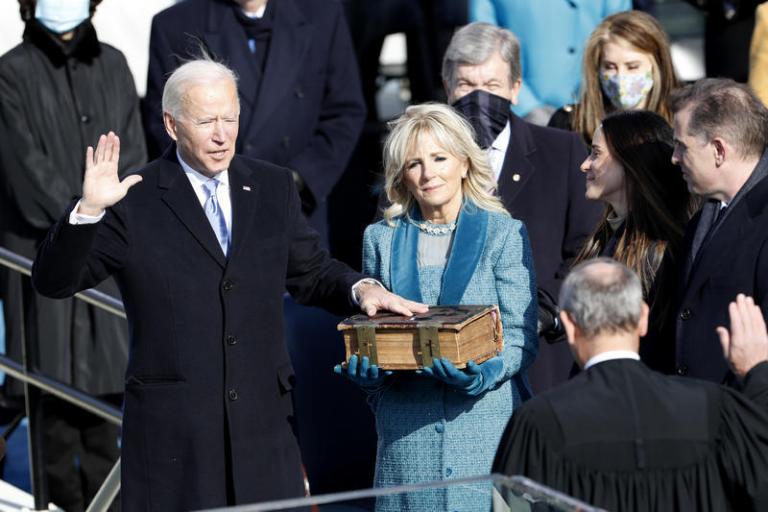
Four years ago, it was a very different event. Trump prophetically spoke of American carnage, leaving out the fact that he would cause it, or at least do nothing to stop it. Even the weather, with its dark skies and rain, presaged what we would collectively go through over the next four years. The day after that Inauguration in 2017, I joined a marching band to drum for the Women’s March in my adopted hometown of Chicago. Taking the stage just after the Chicago cast of “Hamilton,” and then marching through the downtown streets, leading people in song and dance, to the tune of songs like “Seven Nation Army,” “Stand By Me,” and “Lean on Me,” I participated in a ritual that brought people together with determination and hope, despite what we were facing.
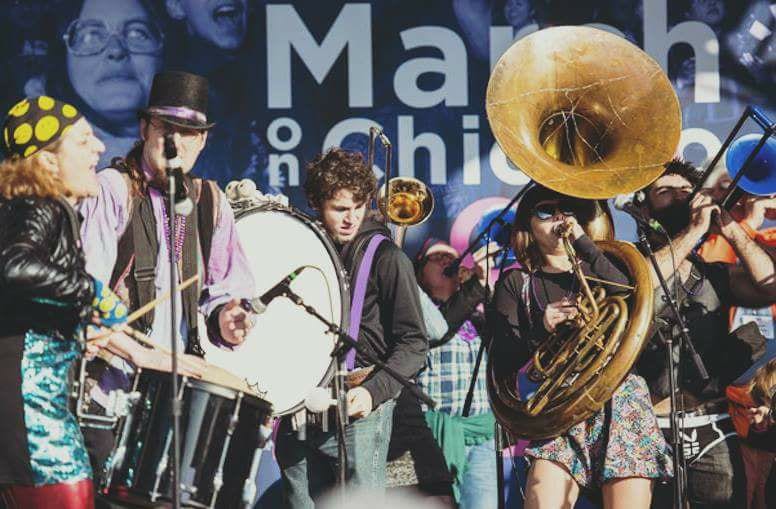
We didn’t know exactly how bad it would get, but we had some idea. It ended with 400,000 dead of a pandemic worsened by negligence and incompetence on the federal level, and with a violent, failed attempt to overthrow a democratic election, by insurrectionists urged on by a narcissistic, mendacious demagogue.
So this year, as we watched the 2021 Inauguration from our homes, we very cautiously started to breathe a collective sigh of relief, commenting on inspirational moments, stirring performances, or uplifting colors and fashion, and perhaps ready to celebrate. For many of us, this was the relief of having survived and escaped from an abusive relationship.
Wil Wheaton, the former Ensign Wesley Crusher of the USS Enterprise, and nerd icon, said it best on a Facebook post: “Having an abuser as president was so hard for me, and millions of other people who are abuse survivors. Every day was a trigger for something. It was exhausting. It hurt.”
Healing and Mourning Ritual
The first indication that things would be different was the night before the Inauguration, at the Lincoln Memorial Reflecting Pool, where 400 lights were set up to represent the 400,000 dead from the pandemic. Soon to be President Biden and Vice President Harris, and a few select others, paid tribute to the dead in prayers, songs, few words, and moments of silence.
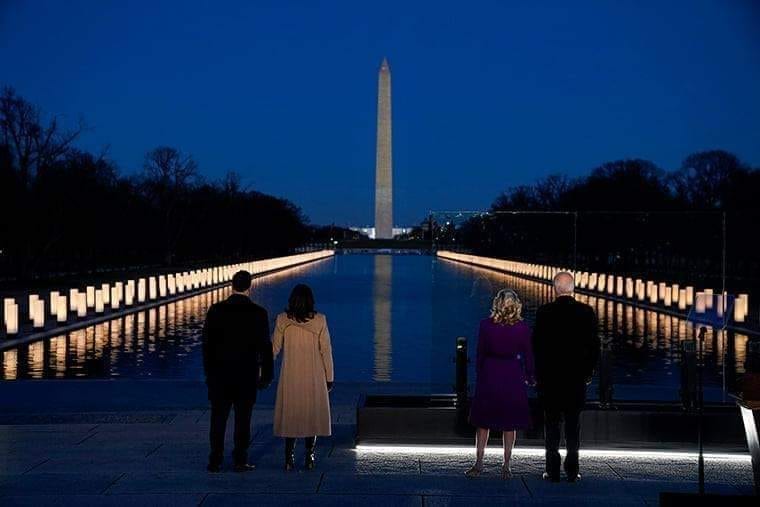
I was struck at that moment by the fact that this was the first time in over ten months, we had acknowledged, as a nation, through ritual, the incomprehensible loss we have faced. Rather, we’ve had deflections, downplaying, and “it is what it is.” We cannot underestimate the importance of collective, national ritual in times of distress and mourning. And not just empty pledges of allegiance or rote anthemic performances at sporting events.
I’ll never forget for that brief moment after 9/11, before the inevitable sabre waving of “America #1” xenophobia and jingoistic tribalism, we were still in shock and mourning, nodding to strangers on the subway and feeling like we were all going through something together. Ritual helps with that. And with most ritual, aspects of place, context and audience matter. With 9/11, the moment that sent me over the edge emotionally was seeing and hearing the American National Anthem being sung in London’s Westminster Abbey. The notion that people from the country that we violently left behind in order to establish our identity were singing the anthem celebrating that identity, in a display of empathy and support, was incredibly moving to me.
State-Sponsored Initiation
So this Inauguration, where we could start seeing beyond the nightmare of the last four years, was significant. And this year was also unique in that, with the exception of Washington politicians and insiders, the audience was almost entirely online or watching on television, giving us the sense that we are peering into a private initiation ritual, complete with obscuring masks. Normally, throngs of people would be gathered along the streets and on the National Mall, but this year, those crowds were replaced by fields of flags.
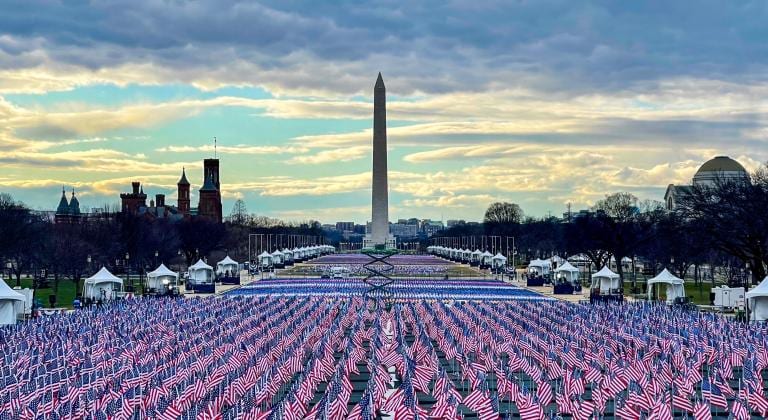
In many ways it’s refreshing to know that the Biden administration has people involved that understand ritual and symbolism as a way to inspire, rather than to create divisions. Ritual for healing, showing us the best of who we are, rather than ritual that emulates totalitarian regimes and their propaganda.
But make no mistake, civic rituals like Presidential Inaugurations are about power. For over a century, anthropologists have studied rituals like this that reify state power and enshrine political leaders into their positions. And for all the talk that the United States government is separate from religion, acts like swearing upon a Bible are firmly entrenched in these traditions.
In a 2005 paper for “American Behavioral Scientist,” Vida Bajc studied the second Inauguration of George W. Bush as an example of a “surveillance ritual,” noting the increased security over perceived terrorism threats at the time. The state creates boundaries and perimeters with specific entries and exits, a ritual space of sorts, within which to conduct this initiation. It’s impossible not to see parallels to 2021 here, with the entire city DC practically emptied out and cordoned off, due to the pandemic and the domestic terror attack on the Capitol building on January 6.
Bajc refers to this ritual process as a “security meta-ritual” that “is a practice of separation of insiders from outsiders through which the state security apparatus transforms a potentially dangerous everyday public life into a new social reality.” Throughout the paper, Bajc examines the inaugural ritual in terms of its demarcating liminal space, that in betweenness that we go through when we are no longer what we were but not yet what we will become. Indeed, that liminality reflects the country in its moment between the past and the future, as well as quite literally when, in the case of 2021, the former President has left the premises, but the new one isn’t official yet.
Ritual Performance and Black Girl Magic
And thus we have our civic rituals such as the singing of the National Anthem, movingly done by Lady Gaga, dressed with a gigantic bird brooch that many have said evoked “The Hunger Games.” Again, with Lady Gaga’s performance we have an instance of a rote ritual becoming more present and immediate, as her particular vocal arrangement and gestures acknowledge the Capitol flag, that just two weeks prior had been torn down and replaced by a Trump flag.
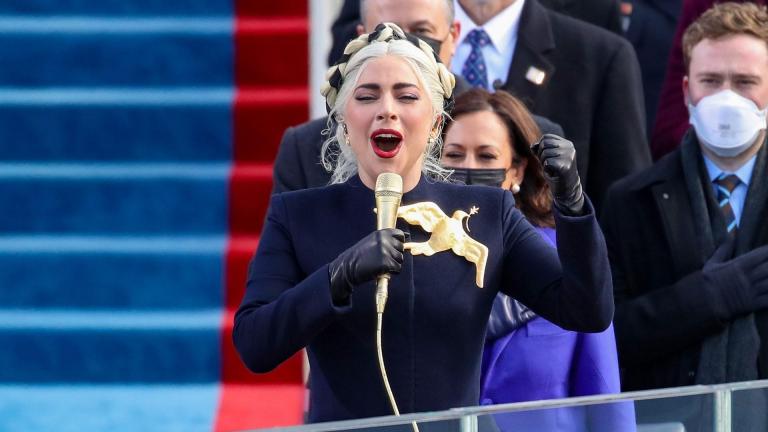
We have the swearing in ceremony, which is its own ritual worth unpacking, particularly the strong symbolism of the first (and only) Latina Supreme Court Justice swearing in the first woman and first woman of color Kamala Harris into the office of Vice President. as well as the symbolism of the Bible owned by Thurgood Marshall.
We have the amazing poet, the country’s first Youth Poet Laureate ever at 22, Amanda Gorman, whose recitation of her poem “The Hill We Climb” was punctuated by mesmerizing hand gestures, giving the impression that Gorman, who shares a history of speech impediments with President Biden, is weaving magickal spells with her inspirational words. Audiences responded immediately to Gorman and her skill, calling her a living embodiment of “black girl magic” and creating course syllabi based on her poem.
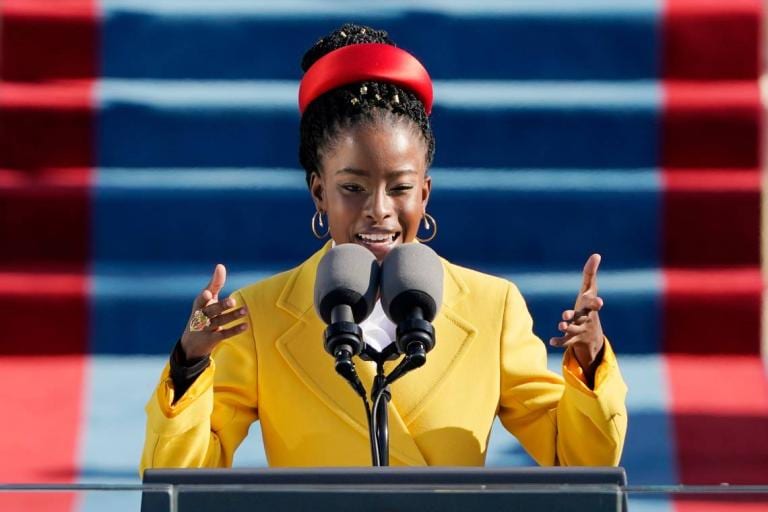
Of course, we have the speeches and all the rhetoric about unity, all the ways that the President is essentially the rhetorician-in-chief, that words matter, which many have forgotten in the last four years. Not just complete sentences, but inspirational and hopeful sentences. Again, focusing on the collective, not the individual, and certainly not the President himself (or his crowds).
We also have the ceremony of laying a wreath on the Tomb of the Unknown Soldier, itself a strange ritual with an intriguing history borrowed from Europe after World War I.
And then, oddly enough, the bit I found most moving, watching the new President and Vice-President and their families walking down Pennsylvania Avenue and into the White House. This is where I first started to notice the families, the love between Joe and Jill, the fashion, the colors, the hipness of Kamala Harris’ stepdaughters, the diversity of her family that represents an America I support.
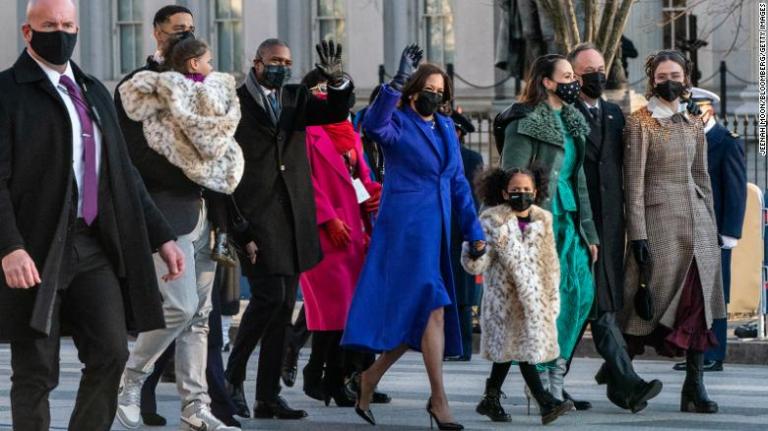
This ritual procession, again completely reduced from the traditional parade because of the pandemic, nevertheless felt symbolically significant, especially with the marching bands, like the troupe from Harris’ alma mater, Howard University, furthering the #blackgirlmagic feel of the event.
Flashing Colors
And then there were the colors. Much has been made of the fashion of the women of Inauguration Day, especially the specific colors of the coats, dresses and matching masks. As a ceremonial magician, I couldn’t help think of the elemental correspondences involved in this rainbow, the purples, the reds, blues, and greens. Some point to purple being the color of royalty and loyalty. Some point to the reference to Alice Walker’s “The Color Purple,” while others look to the idea that purple is red and blue united, symbolizing the divided nation coming together. I also found it odd that news broadcasters on the day claimed that purple was an homage to Shirley Chisholm, the first Black woman to run for president, but in my own research I found no clear evidence that those colors were associated with Chisholm or her campaign.
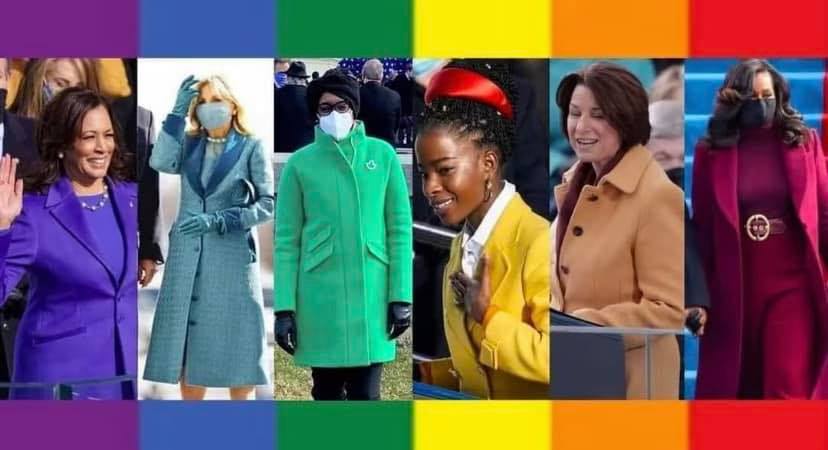
But as in most forms of ritual magick, color correspondences are key, as well as other forms of symbolism. In addition to Lady Gaga’s giant bird brooch, we have Jill Biden’s striking flower dress (and as an occultist, I found it amusing that the story I linked to there was in the magazine “Glamour” and they refer to a “powerful secret” behind the symbolism).
In discussions I’ve seen on social media, some have questioned whether it’s sexist to speak of women primarily in terms of their fashion, especially when we finally have a woman in the White House. Frankly, I’d love to see more of that kind of glamour and symbolism in men’s fashion, but Obama wore a tan suit and look what happened. But politics is nothing if not spectacle and performance. Harris wearing clothes by two young Black designers is just as much of a political statement as any speech.
Mimetic Magic
While thinking of Amanda Gorman’s gestural magick (which immediately put me in mind of the metamagick use of Naomi Wadler’s speech in “Lovecraft Country“), I was struck by this particular meme that shows an interaction between Kamala Harris and former first lady Michelle Obama.
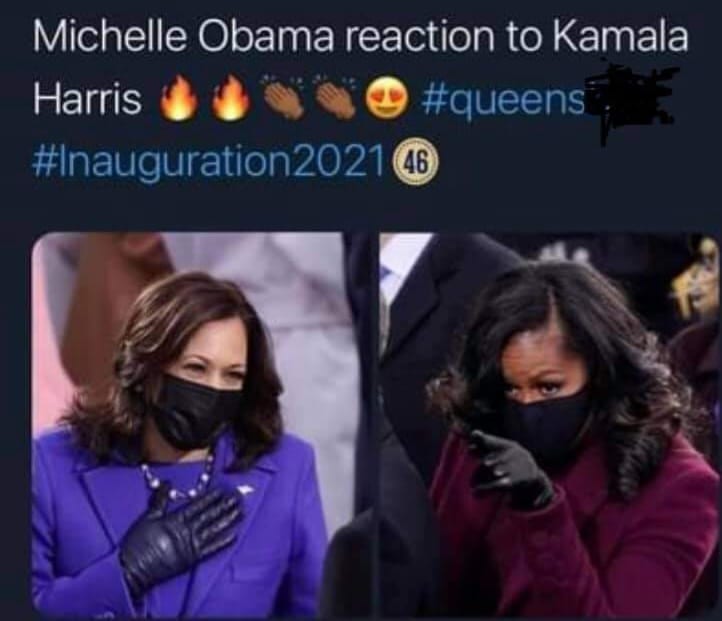
I’m not sure if this was the actual exchange or whether the meme creator just juxtaposed these two images, but I found the connection here particularly effective, with the movement of energy from Obama’s intention to Harris’ reception. A magickal gesture caught in meme form.
However, the mimetic magic that emerged from the Inauguration most powerfully was undoubtedly that of perpetual working man Bernie Sanders. The single picture of Sanders grumpily folding his arms, wearing his Vermont mittens, sitting in a chair, became the seed that launched a thousand (at least) memes. Mimetic magic and the power of “going viral” in social media is probably the most chaos magick-like rhetorical operation possible today. And here we have the people, who certainly can’t afford the spectacle of designer glamour, taking the magickal power into their own hands, identifying deeply with the mundanity of the Sanders image. Within hours of the inauguration, the Bernie picture began to appear in film scenes, album covers, and countless other contexts, propagating beyond control.
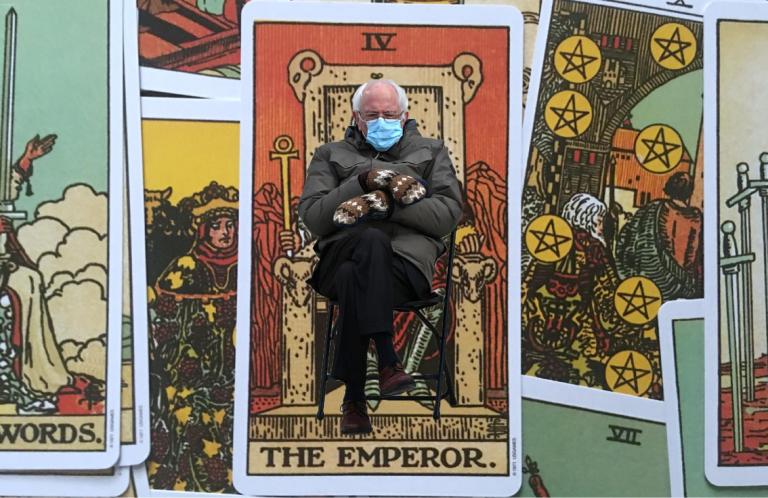
Before long, I started to see the Sanders image in esoteric settings, like tarot cards, or even Sanders in the famous Aleister Crowley photograph, reminding us of the occult power of the image. Now I’m sure media scholars will have a field day with this mimetic explosion, but my basic theory is that this is one way for people to process ambivalent feelings around the Inauguration, especially for Bernie supporters who would have preferred him in the White House but perhaps see the utility of Sanders staying in the Senate, where he now leads the Senate Budget Committee.
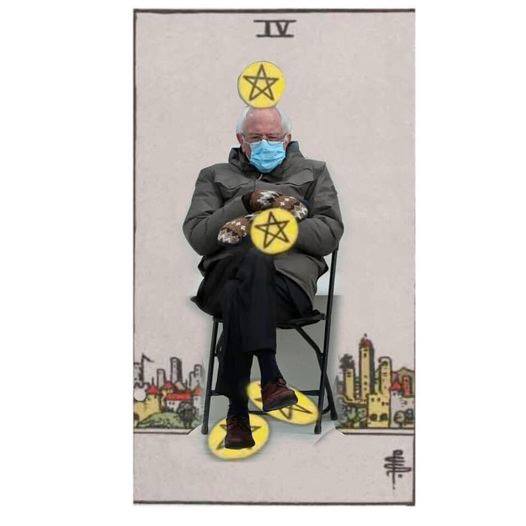
The mimetic explosion then took on another layer of magickal power. Apps started appearing in which people could create their own “Bernie in a chair” memes, inserting him into whatever scene they’d like, including on Google maps. Anyone can easily participate in the magickal ritual. And there is a joy in excess. Rather than a critical, political meme that mocks, we actually have a humorous, good natured meme propagation that just might be part of the healing process that the country is going through.
Perhaps, after all the speeches about unity, Bernie in a Chair is the unifying factor we need!
The Inauguration signifies that transition, that emergence from the liminal state into reintegration. And while Biden is burdened with the actual work of bringing the country back and healing, the Bernie meme perhaps succeeds in signifying that we are ready to indulge in the excess of meaning, of integration into our pop culture (and pop occulture), ready to do the work we need to heal ourselves.
